When Carroll Dunham loaded his PowerPoint presentation for his Artists at the Institute lecture, “Carroll Dunham Speaks About His Recent Work,” at the IFA on March 22, he requested that the projectionist leave the screen blank before he began his talk. My guess is that he didn’t want to scare away the audience with his first image–either Hers/Dirt/One (2009) or a similar painting–-which is part of his most recent series and features a naked female figure bending over. Sometimes bathing, sometimes just bending over, usually with face obscured and arms spread in a landscape setting, his characters’ genitalia (often depicted in “shockingly pink” colors) are typically the central focus in these paintings.[1] Clearly self-conscious and a little embarrassed about the direction his art has taken, Dunham began his lecture by saying that he “knows very little about it.” His lecture, followed by a provocative Q&A session, was the personal account of an artist who has seemingly let go of artistic agency and has become something of a medium, passively channeling his expression.

Courtesy Carroll Dunham website.
This female series is not the first time that Dunham has steadily riffed on a theme for many years during his career. For roughly a decade, from the mid-1990s through the mid-2000s, Dunham’s work mostly centered around a cartoony male figure with a top hat and phallic/pistol-like nose. In describing that series, Dunham curiously verged on speaking in the third person. He said that at a certain point this male character–“a simple, dumb figure”-–entered his work and after a while he couldn’t imagine a painting without it. Following the compulsion to depict this subject matter, he began to “close in” on the character, cropping it in different ways, adding new elements, and even eliminating color, in hopes of eventually ridding his canvases of the invasive figure.

Courtesy Carroll Dunham website.
Eventually, in 2009, Dunham succeeded, and the hatted-male figure was exorcised. Then, the female component of his work emerged in two divergent series. The first is the female series mentioned above that emerged out of “Frankenstein-ing” his male character onto a female body; the second is a series of tree paintings. Discussing his new directions, Dunham expressed a sense of freedom in feeling formally unconstrained by his subject matter, particularly with the tree series. I highly recommend taking a look at pieces such as Time Storm Four (2009-2010). They are more often than not whimsical creations, especially when represented horizontally. Dunham’s trees are quite loose stylistically; curly cues and leaves of various types float in a compelling green wash rife with layers of hatch marks and brushstrokes that only signify a tree because they are perched on a brown trunk. Denying any allegorical associations to the mythological history of trees, he stated that he likes them for their dumbness, simplicity, and neutrality. Since trees often seem to wiggle their way into his female series it is tempting to see his tree series as a testing ground for elements of his female series, but the works hold up quite well as stand-alone paintings.

Courtesy Carroll Dunham website.
Having described the controversial trajectory of his artistic production to a room full of art historians, it made sense that the Q&A session returned to gender issues in his recent series. Dunham handled the questions well, but was remiss to read into the subject matter. Almost agreeing with the concerns of the questions, he described his sense of embarrassment about needing to address his female series with his own children and wife, stating that these figures are not something he would chose to create. Yet, he continues to create his bent over female figures, which begs the question, why? Perhaps one can look to Marcel Duchamp, that provocateur of the 20th century, for an answer. In 1957 Duchamp stated, “In the creative act, the artist goes from intention to realization through a chain of totally subjective reactions. The result of this struggle is a difference between the intention and the realization.”[2] For Dunham, this gap between intention and realization is significant. Given the ways he denounced the role of subject matter in his lecture, I think it is safe to say that Dunham is most interested in form. Each of his series can then be understood as experiments in channeling his subjective approach to painting in a hermetic fashion, which borders on complete disassociation to his own public perception. Similar to the treatment of Jasper Johns’s flag series, by limiting his vocabulary Dunham plays through different ways of pushing his iconography while retaining its basic essence.
Ultimately, even if Dunham’s process is believable, it may still seem problematic that he would choose to continue down a path that makes him (and the audience, for that matter) uncomfortable. I mean, looking at women in compromised and sexualized positions is certainly troubling, even if it is not all that different from photographs in the current Cindy Sherman retrospective at the MoMA. But isn’t one of the purposes of art to take us to new and uncharted territories, even if they can feel uncomfortable at first? In my opinion, Dunham’s lecture was a profound statement on the circuitous nature of the artistic process. He is willing to blindly follow his intuition wherever it may take him, only to sort out the reasons for it later. Personally, I look forward to see how his two current series play themselves out over the next few years, but get ready for a long haul: we are only three years into Dunham’s current series. His male series lasted for roughly ten years.[3]
Here is a video of Carroll Dunham’s talk on the IFA vimeo account.
1. Ken Johnson, “Art in Review: Carroll Dunham,” The New York Times (November 20, 2009).
2. Julia Robinson, “Before Attitude Became Form–New Realisms 1957-1962,” in New Realisms: 1957-1962: Object Strategies Between Readymade and Spectacle (Madrid: Museo Nacional Centro de Arte Reina Sofia, 2010): 24.
3. As an addendum to this piece, I would like to recommend that non-artists who find Dunham’s “artist as medium” style hard to digest read Donald Antrim’s recent fiction piece, “Ever Since,” in The New Yorker (March 12, 2012). In this story, the main character seems to drift through decision-making, following momentary whims of fancy. The way he emotionlessly ping-pongs between his current love interest and his ex-girlfriend seems like an equivalent translation of Dunham’s mediumistic method to everyday life.

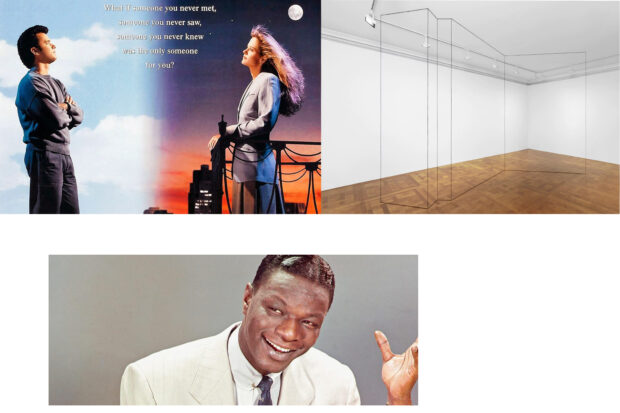
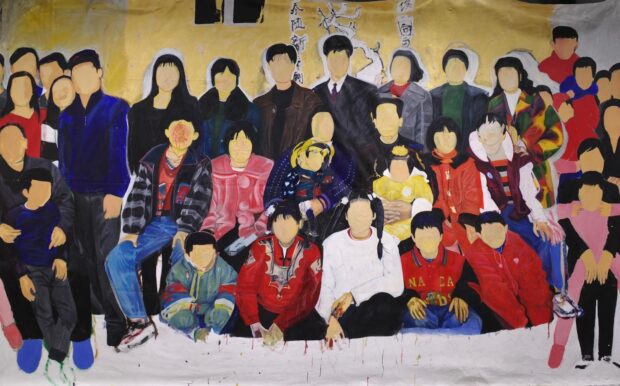
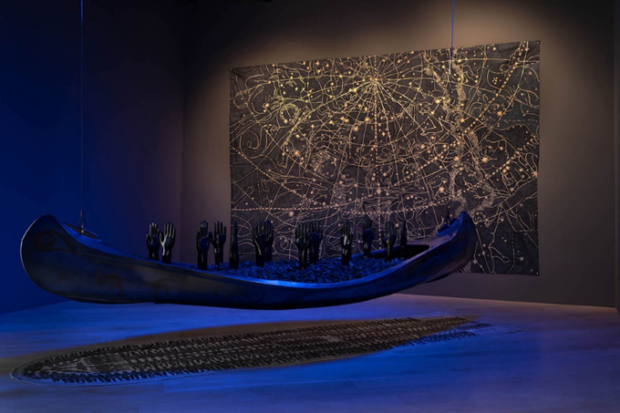
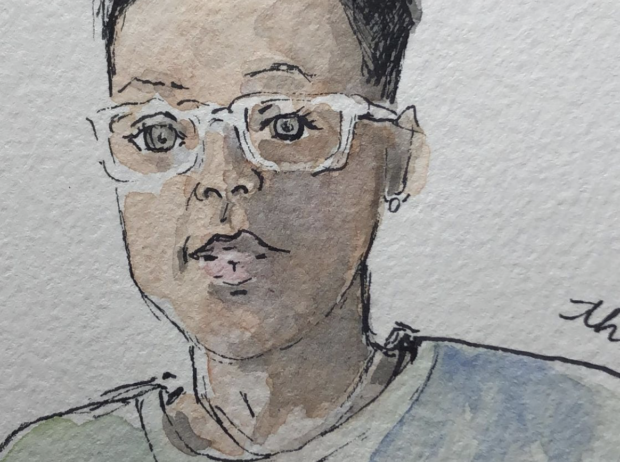
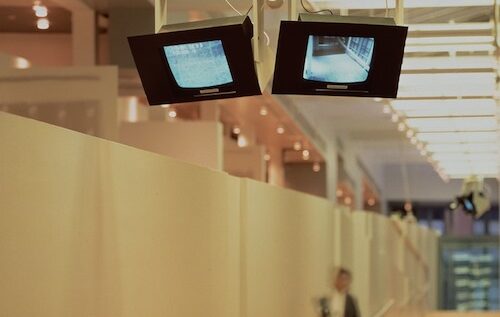
Be First to Comment